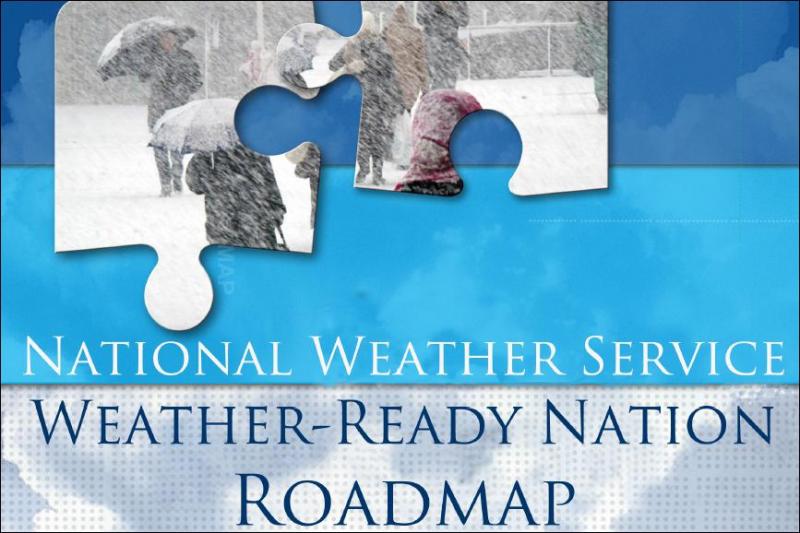You are here
Mon, 2013-02-11 20:58 — mdmcdonald
This working group is focused on discussions about weather.
The mission of this working group is to focus on discussions about weather.
Add Content to this group
Members
| Kathy Gilbeaux | mdmcdonald | tkm |
Email address for group
weather-nj@m.resiliencesystem.org






Recent Comments